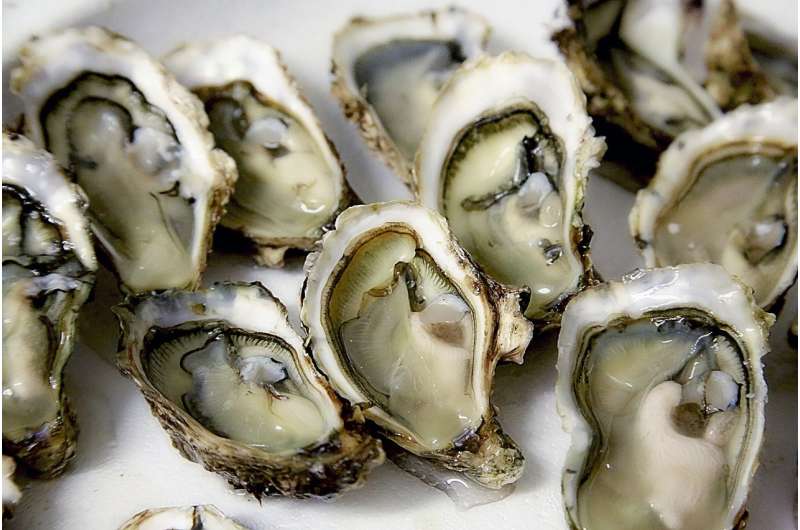Researchers from top Philippine universities and the Bureau of Fisheries warn of a potentially widespread but little-known threat to public health: the risk of hepatitis A virus (HAV) contamination in locally cultivated shellfish. This article delves into the alarming gaps in understanding and regulation surrounding HAV transmission, urging for immediate action to safeguard Filipino communities.

The Overlooked Danger of HAV in Philippine Shellfish
While Filipinos are generally aware of the risks posed by ‘red tide’ and other food safety concerns, the dangers of hepatitis A virus (HAV) contamination in locally harvested shellfish remain largely unknown. Researchers from the Ateneo de Manila University, the University of the Philippines, Monash University Malaysia, and the Philippine Bureau of Fisheries and Aquatic Resources have sounded the alarm, highlighting the urgent need for further research and comprehensive monitoring efforts.
The HAV virus can easily spread through the consumption of poorly prepared or contaminated shellfish, such as oysters and mussels. These filter-feeding animals are particularly vulnerable to accumulating the virus, as they process large volumes of potentially contaminated water. The virus can also remain viable within shellfish for up to 10 weeks, significantly increasing the risk of transmission and further spread. Alarmingly, there is a dearth of information about the prevalence of HAV in Philippine shellfish and the extent of its impact on local communities.
Gaps in the ‘Farm-to-Fork’ Supply Chain: Breeding Grounds for HAV Contamination
The researchers have identified several critical junctures along the ‘farm-to-fork’ supply chain where HAV contamination can occur. At the production level, many shellfish farms are located in shallow coastal areas adjacent to industrial and residential zones, where the potential for contamination from human and animal waste is high.
Furthermore, traditional preparation and cooking methods, such as steaming or boiling, may not effectively eliminate the hardy HAV virus. The lack of understanding about the virus’s survivability under different culinary practices is a significant knowledge gap that needs to be addressed.
Another alarming finding is the absence of adequate monitoring and assessment regulations to track the spread of HAV. While the Philippines currently tests shellfish for the presence of bacteria like E. coli and Salmonella, these tests do not effectively reflect the prevalence of HAV and other viruses. Without consistent, virus-specific monitoring programs, the early identification and prevention of potential HAV outbreaks remains a significant challenge.
The researchers emphasize that the combination of these vulnerabilities in the supply chain, from production to preparation, creates an environment ripe for the unchecked spread of HAV through locally cultivated shellfish.
Raising Awareness and Calling for Action: Safeguarding Filipino Communities
The findings from this collaborative research effort underscore the urgent need for immediate action to address the HAV threat in the Philippines. Beyond the gaps in understanding and regulation, the study also reveals a concerning lack of public awareness about the dangers posed by HAV and other food-borne viruses.
Building on the researchers’ call for further studies and comprehensive monitoring programs, it is crucial that policymakers, public health authorities, and the shellfish industry work together to develop robust strategies to mitigate the risk of HAV contamination. This may include implementing stringent testing protocols, enhancing traceability in the supply chain, and launching public education campaigns to empower consumers with the knowledge to make informed choices.
By shining a spotlight on this overlooked but potentially widespread issue, the researchers hope to catalyze a concerted effort to safeguard the health and well-being of Filipino communities. With a proactive and collaborative approach, the Philippines can take decisive steps to ensure the safety of its beloved seafood delicacies and protect its citizens from the devastating consequences of hepatitis A outbreaks.
